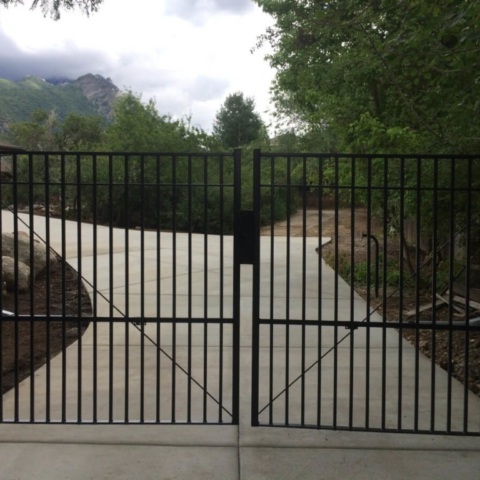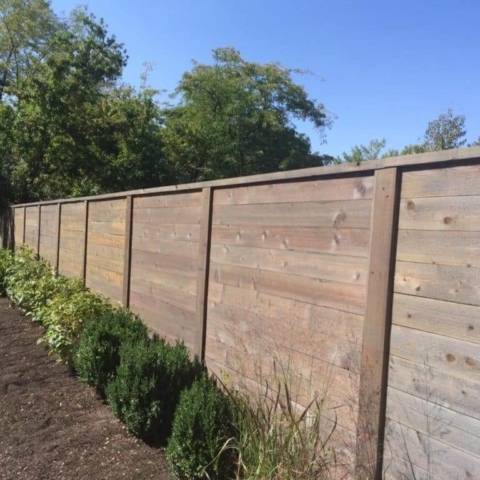Fence removal may indeed be in your future, if a significant portion of your fencing is in bad shape or falling down. Tearing down aging, worn-out fencing will eliminate the eyesore on your property and, if you plan to install replacement fencing, the old one must be removed.

Before making any changes to your property, however, it’s important to do your homework. Getting rid of your old fencing may not be as simple as it sounds.
Determine Whether Your Fence Removal Is Feasible
Are you the sole owner of the broken-down fencing? If you are unfamiliar with the history of your property, it’s important to verify that the fencing is yours to remove before beginning your demolition.
If you moved into your home after the fencing installation was completed, you may discover that your fencing – or at least a portion of it – belongs to your neighbor(s). In that case, you’ll need their approval for removal. If you share fencing with multiple neighbors, you must coordinate with each one.
What if your neighbors don’t agree with your plan to remove the old fencing? Realistically speaking, if negotiations with your neighbors fail, your only option will be to install new fencing on the inside of your property line.
Verify the Details Before Planning Fence Removal
Once you’ve determined that you can indeed remove your old fencing, the next step is to locate all nearby utility lines.
Fence posts are typically set in concrete several feet deep into the ground, and they’ll have to be dug out. But, with fencing that’s been in place for a long time, the local utility companies may have installed underground lines near the posts. Digging close to underground electrical, gas or water service lines can be dangerous.
Most areas have a designated utility locating service that provides their services free of charge. In Utah, for example, this service is provided by Blue Stakes. Simply call and request service, and the company will dispatch a technician to identify and mark the utility lines.
Finally, you’ll need to contact your local building department. Most cities require homeowners to obtain a demolition permit for fence removal projects.
Completing Your Fence Removal Project
Assuming you have all the required approvals, you can certainly remove your own fencing, but the work won’t be easy.
Digging out fence posts and their concrete bases requires the use of specialized equipment, along with a lot of elbow grease. You’ll also have to haul away the materials once demolition is complete. Check with your local landfill to verify if they will accept your materials and, if so, what the costs will be. If you don’t have a truck or trailer large enough to transport the debris, you can contract with a local hauling company to handle the disposal.
If all this sounds like more trouble than you bargained for, you may not have to go through the hassle. If you plan to install a new fence once the old one is gone, your fencing contractor can handle the demo for you. At Outback Fencing, serving homeowners throughout Utah, Idaho and Wyoming, our new fence installation pricing typically includes the cost of fence removal. To learn more or to schedule a free consultation, contact us today.











